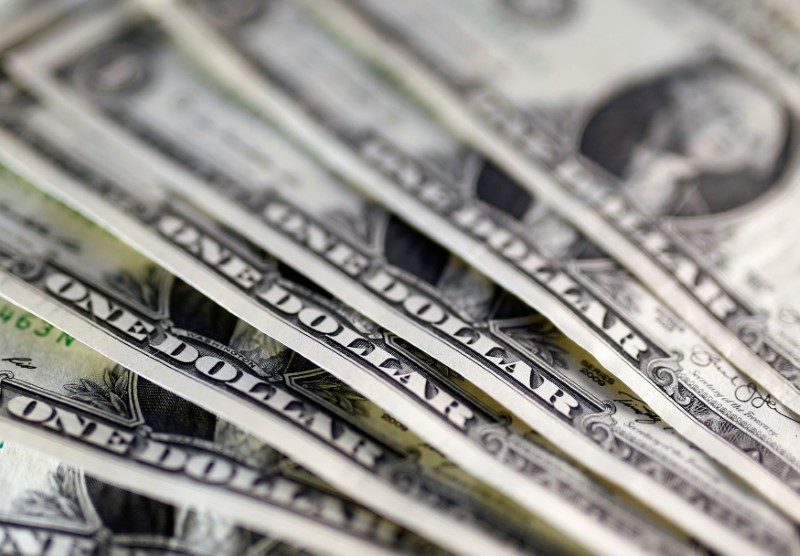
By Jemima Kelly
LONDON (Reuters) – The dollar fell and the perceived safe-haven yen gained on Wednesday, after U.S. President Donald Trump abruptly fired FBI Director James Comey in a move that shocked Washington and dampened some of this week’s strong risk appetite.
Rekindled fears that North Korea could be gearing up for another weapons test also underpinned the yen, which had sunk to an eight-week low the previous day as investors’ appetite for riskier currencies increased on the back of a weekend French election result that eased euro break-up fears.
The dollar, which had strengthened to as much as 114.325 yen on Tuesday <JPY=>, slipped back to 113.87 yen.
Trump said he had sacked FBI Director James Comey – who had been leading an investigation into the Trump 2016 presidential campaign’s possible collusion with Russia to influence the election outcome – over his handling of an email scandal involving presidential nominee Hillary Clinton.
But the move ignited a political firestorm, raising suspicions among Democrats and others that the White House was trying to blunt the FBI probe involving Russia.
The dollar slipped 0.2 percent against a broad index <.DXY>.
“There’s not much risk sentiment – that’s to some extent the main driver today, mainly with respect to geopolitical questions,” said Credit Agricole currency strategist Valentin Marinov in London.
Comments from European Central Bank President Mario Draghi failed to have any clear impact on the euro, which was flat at $1.0878 <EUR=>. Draghi said it was too early for the ECB to declare victory in its quest to boost euro zone inflation.
“Draghi is repeating the same message that he made at the last ECB press conference – there are no big surprises. He’s defending the ECB’s dovish policy stance,” said Marinov.
The euro had risen to a six-month high above $1.10 on Monday, after Emmanuel Macron defeated the anti-EU Marine Le Pen in France’s presidential run-off, as worries over European political risk faded and focus returned to central bank policy.
The Swiss franc, another safe-haven currency, fell to its lowest in seven months on Tuesday and stayed close to that at 1.09575 francs per euro, flat on the day <EURCHF=>.
Commerzbank currency strategist Esther Reichelt, in Frankfurt, though, said risk appetite could only drive the currency market so far before new drivers were needed.
“Dollar strength could materialize more, given the more benevolent risk environment, but that can only move the market for so long – you always need new impetus,” she said.
U.S. political uncertainty has tended to weigh on the dollar in recent months, on the view that a divided Congress could derail Trump’s promised tax reform and stimulus programme.
(Reporting by Jemima Kelly, editing by Larry King)








